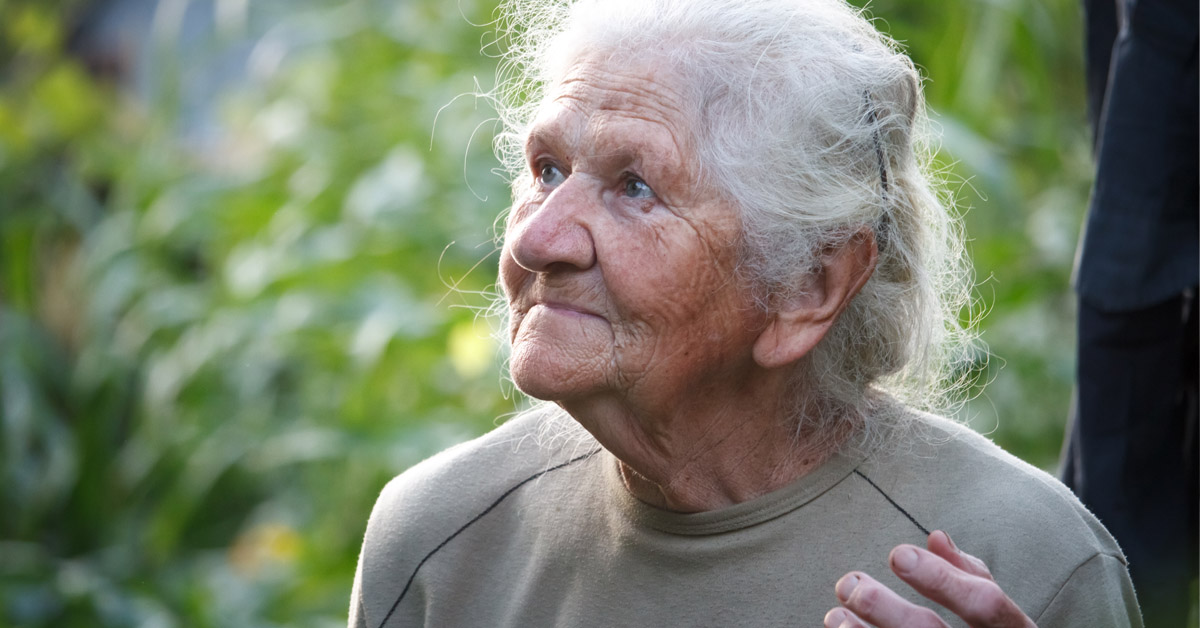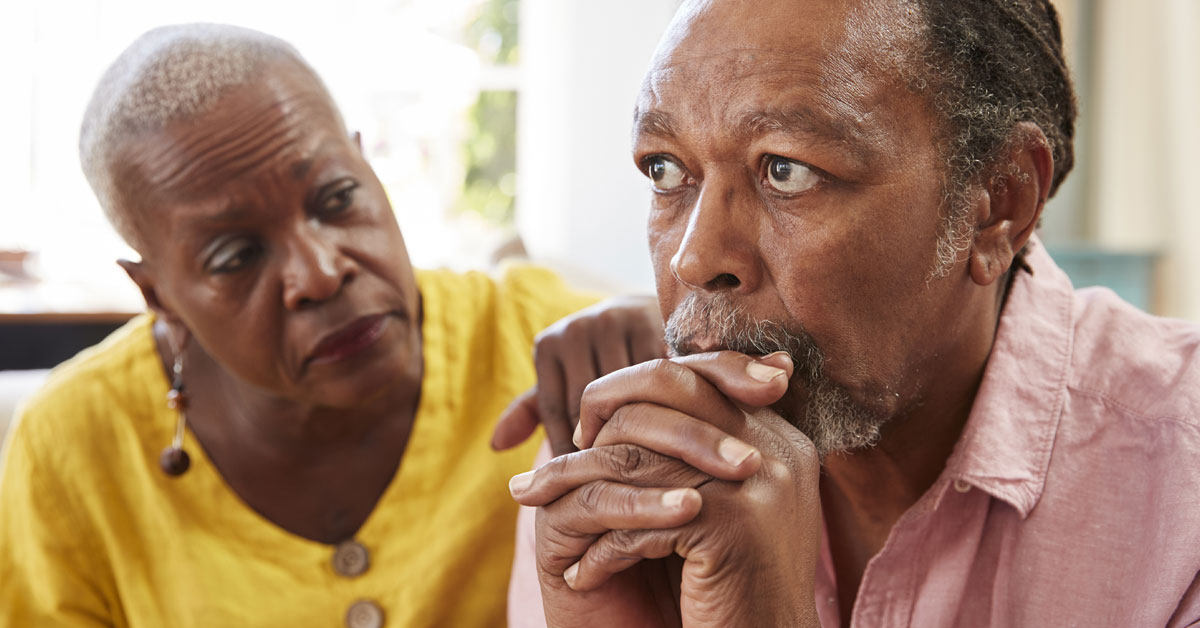
Hospice Myths that Hurt Patients and Families
In the last months of life, the hospice program offers important benefits. These include improved emotional status for the family, major symptom improvement, improved survival, and cost savings. Unfortunately, only half of Americans receive hospice, and three out of four of them get less than the recommended time in hospice.1 In other words, only one in eight Americans receive the three to six months of hospice services known to achieve the best results for families. There are many reasons for this. Some are unavoidable.
In part, common myths surrounding hospice cause this problem. Here are the top hospice myths that hurt patients and families.
Myth #1: Hospice Is So People Can Be at Home When They Die
Surveys show that most people would prefer to die at home. Hospice makes this possible, but it is a myth that this is the purpose of hospice. This thinking leads to the too-common situation where people are sent home from the hospital to hospice, with days or even hours to live. Rushing someone home to die can be better than spending one’s last day in a hospital unnecessarily, but it’s not hospice.
Hospice is a service of comfort, quality of life, emotional and spiritual support, and care coordination for the months leading up to death.
Myth #2: Hospice Takes a Patient Out of the Medical System
Sometimes, when people discontinue aggressive treatments at large, bustling medical facilities and replace that with comfort care in the peace and quiet of home, it can feel like a major change. However, hospice makes nursing, therapy, personal care, medical equipment, pharmacy services, and more available in a patient’s home. For matters related to the hospice diagnosis, people can still see the doctor who is signing the hospice orders. For other diagnoses, patients can see any other doctor just like normal. If a patient and his or her doctor choose to resume a cure-seeking treatment, the patient can discharge from hospice care at any time.
Myth #3: Hospice Will Hasten Death
The Medicare hospice benefit is only available to people who are not getting cure-seeking treatments at the same time. Many people think this means patients must be dying sooner in hospice. The opposite is true. Hospice does not let or make people die sooner. Considerable research now demonstrates that people who use hospice meaningfully live longer than equally sick people who avoid hospice.
It helps to understand that people choose hospice after their doctors tell them, “for now, everything that should be done has been done.” It is possible that continuing aggressive treatments that are already known to not work after a certain point tires the body and hastens death. Similarly, it is also possible that supporting the body and mind with comfort care strengthens the body to live days or months longer.
Myth #4: Choosing Hospice Means Giving Up
Hospice most certainly is not the same as giving up. Hospice is an important personal choice that patients need to make at the time that is right for them. For some people, the choice may be to continue trying procedures with a very low chance of success, maybe with a higher chance of shortening life, at the expense of comfort and quality of life during the last months of life. For others, hospice means embracing the hope for a higher quality of life. Hospice means people are imagining a better life, with fewer hospital and ER visits, with more time for family and friends, and with less pain.
Reference:
- NHPCO Facts and Figures: Hospice Care in America. Alexandria, VA: National Hospice and Palliative Care Organization, April 2018.





